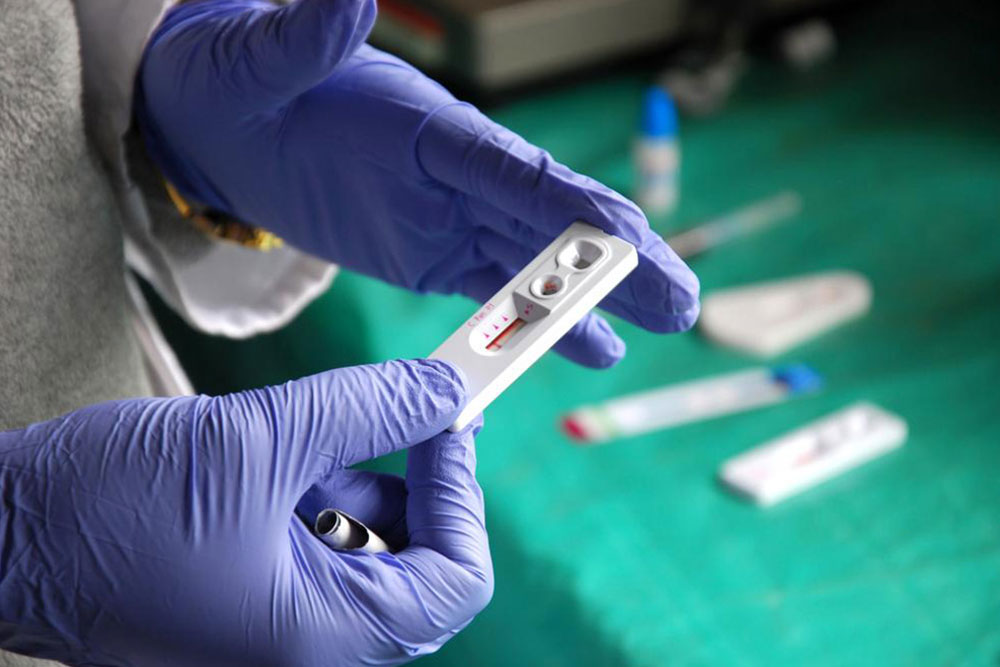Comprehensive Insights into Factors Influencing Prostate Cancer Development and Prevention Strategies
This comprehensive article explores the diverse factors influencing prostate cancer development, including age, race, genetics, and lifestyle choices. It provides insights into risk assessment, prevention strategies, and the latest research directions. Understanding these elements aids men in making informed decisions about screening and health management, ultimately contributing to early detection and improved outcomes for this common disease.

Prostate cancer remains one of the most common malignancies affecting men worldwide. Understanding the various factors that influence its development is crucial for early detection, appropriate preventative measures, and effective treatment options. This extensive overview explores the demographic, genetic, and lifestyle factors associated with prostate cancer, providing valuable insights for healthcare professionals and men looking to better understand their risk profiles.
Understanding Demographic Factors That Impact Prostate Cancer Risk
Age is undeniably the most significant risk factor for prostate cancer. The incidence rate dramatically increases in men over 65 years old, with very few cases reported in those under 40. As men age, cellular changes in the prostate gland and accumulated genetic mutations contribute to the escalating risk. Regular screenings become especially vital once men reach their mid-50s, and screenings are typically recommended for those over 40 with higher risk profiles.
Race and ethnicity also play a pivotal role in prostate cancer risk. Men of African or Caribbean descent face a higher likelihood of developing prostate cancer compared to other racial groups. Notably, men of African ancestry are twice as likely to die from the disease, highlighting the need for targeted screening and early intervention in these populations. Conversely, those of Asian, Hispanic, or Indigenous backgrounds tend to have a lower incidence, though this does not eliminate their risk entirely.
Geographical distribution reveals significant disparities. The highest prevalence rates are observed in North America, Northwestern Europe, Australia, and Caribbean nations. These areas’s higher rates may be linked to genetics, lifestyle, and screening practices. In contrast, lower rates are detected in Asia, Africa, Central and South America, which may be due to differences in dietary habits, healthcare access, or environmental exposures. Understanding these regional variations can help tailor screening guidelines and health policies.
Genetic and Family History Influences on Prostate Cancer
Genetic predisposition significantly affects prostate cancer risk. Family history remains one of the most evident risk factors. Men with one or more relatives diagnosed with prostate cancer are at a higher risk. For instance, having a brother with prostate cancer doubles a man’s likelihood of developing the disease, and the risk increases further if multiple relatives are affected. This familial tendency suggests a hereditary component that warrants careful monitoring and potentially earlier screening for men with such backgrounds.
Advances in genetic research have identified specific gene mutations that may influence prostate cancer risk. Genes such as BRCA1 and BRCA2, famously associated with breast and ovarian cancers, also confer a modestly increased risk for prostate cancer. Similarly, Lynch syndrome—linked to mutations in mismatch repair genes—has been associated with higher prostate cancer susceptibility. Although these genetic markers are not yet employed universally in screening protocols, they hold promise for personalized risk assessment in the future.
Additional Factors That May Influence Prostate Cancer Development
While the role of lifestyle factors is still under investigation, several potential contributors have been identified, prompting ongoing research efforts to establish definitive links.
Diet and Nutrition: Dietary habits are thought to impact prostate health. Diets rich in red meats and high-fat dairy products have been associated with an increased risk of prostate cancer. Conversely, diets emphasizing fruits, vegetables, and whole grains may offer a protective effect. Particular nutrients such as lycopene (found in tomatoes), selenium, and omega-3 fatty acids are under study for their potential anti-cancer properties.
Smoking: Although smoking is not directly correlated with the risk of developing prostate cancer, current evidence suggests that it may increase the likelihood of mortality among diagnosed patients. Smoking’s role in general carcinogenesis might exacerbate outcomes for those with prostate malignancies.
Vasectomy: There have been discussions about the possible connection between vasectomy and prostate cancer risk. Some studies suggest a slight increase in risk post-vasectomy, whereas others find no significant association. Currently, evidence remains inconclusive, and vasectomy is generally considered safe without significantly elevating prostate cancer risk. Nonetheless, men who have undergone vasectomy should continue routine screenings based on age and other risk factors.
Preventive Strategies and Future Directions
Preventing prostate cancer involves a combination of lifestyle modification, awareness of risk factors, and appropriate screening protocols. Lifestyle choices such as maintaining a healthy diet, exercising regularly, avoiding smoking, and limiting high-fat and red meat intake can potentially lower risk. Additionally, men with a family history or genetic predisposition should consult healthcare providers about personalized screening plans, which may include early PSA testing or MRI scans.
Emerging research continues to explore the role of genetic testing and targeted therapies. New biomarkers, better imaging techniques, and risk prediction models are under development to improve early detection and treatment outcomes. Public health initiatives aimed at raising awareness and promoting routine screenings remain essential, especially in high-risk populations.
In summary, understanding the multifaceted factors influencing prostate cancer development enables men and healthcare professionals to implement targeted prevention and screening strategies. With ongoing advancements in genetics and diagnostics, the future holds promise for reducing the burden of prostate cancer worldwide.





